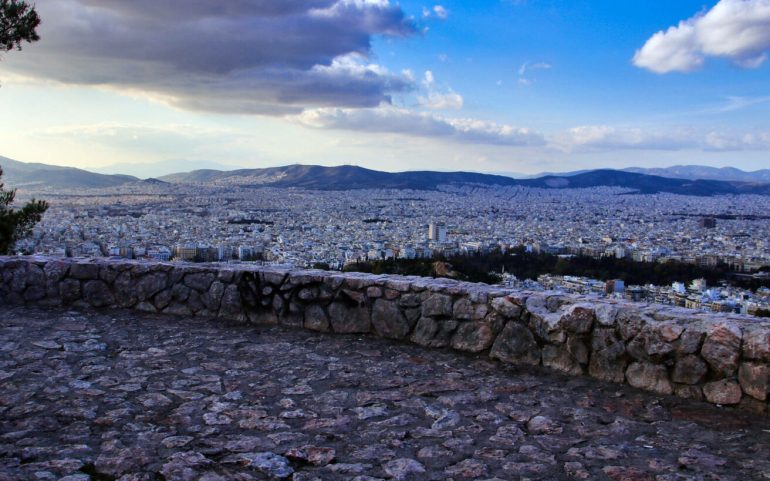From his parking lot, everyone has admired the view of the big city that opens majestically just below.
Everyone has gone through his theater, from Ray Charles and BB King to Jerry Lee Lewis, James Brown, Bob Dylan and the modern stars of the pentagram.
Even basketball has played a lot on the plateau of Lycabettus, in love that is born every now and then and so many that end up in the same place again.
The jealous and famous at the end of the world Athenian hill with the small church of Agios Georgios and the cable car (the Lycabettus Sailing Railway) that takes you to its peak is the second highest point of the Basin, behind only the Turkovounia, the Aghismos of the ancient Athenians.

About 227 meters, Lycabettus rises above the city and is a point that plays a significant role for the residents of the capital. But also for every visitor more or less, as the ascent there is considered the least necessary by every tourist guide in Athens.
And while Lycabettus means something to everyone, and not necessarily the same for each of us, it has always been intertwined with this city. Already from mythology of…

The mythology of the ancient ancestors tells us that Lycabettus was a rock that Athena carried and fell from her hands after the bad mantas that a κοράκι. At the point where the stone fell, the hill of Lycabettus was formed.
The ancient grammarians, however, do not agree on how Lycabettus got its name. The great lexicographer of the 5th century AD, Isichius of Alexandria, tells us in the "Dictionary of Quiet" that the hill got its name from the phrase "twilight forest", because of the wolves that had nested in many parts of it.
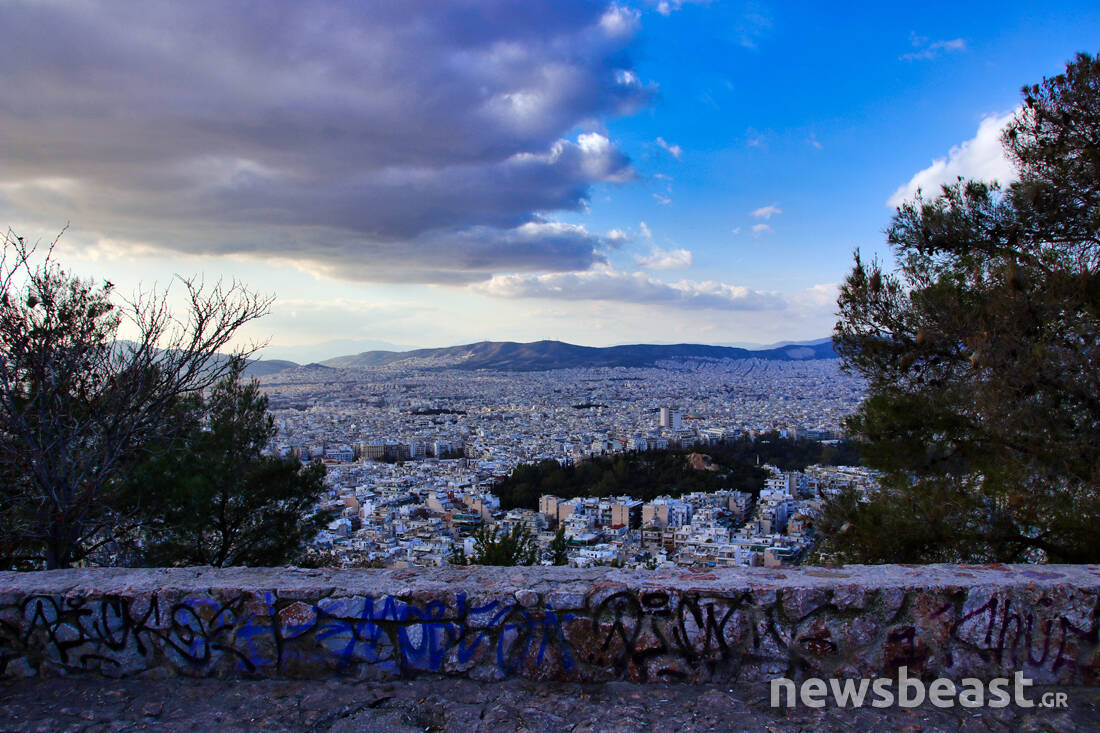
A portion of historians attribute the name to even older, pre-Greek times. They were the Pelasgians of Attica, they tell us, as mentioned by him Herodotus, who called him "Lukabetou" or "Lukabettou", from his characteristic mastoid shape.
Still other scholars attribute the name to simpler things, such as twilight. And linguists point to the etymology of the word itself, that Lycabettus is the rock on which it "goes" and "springs", that is, it rushes the light at the moment when the sun rises. The sobs.
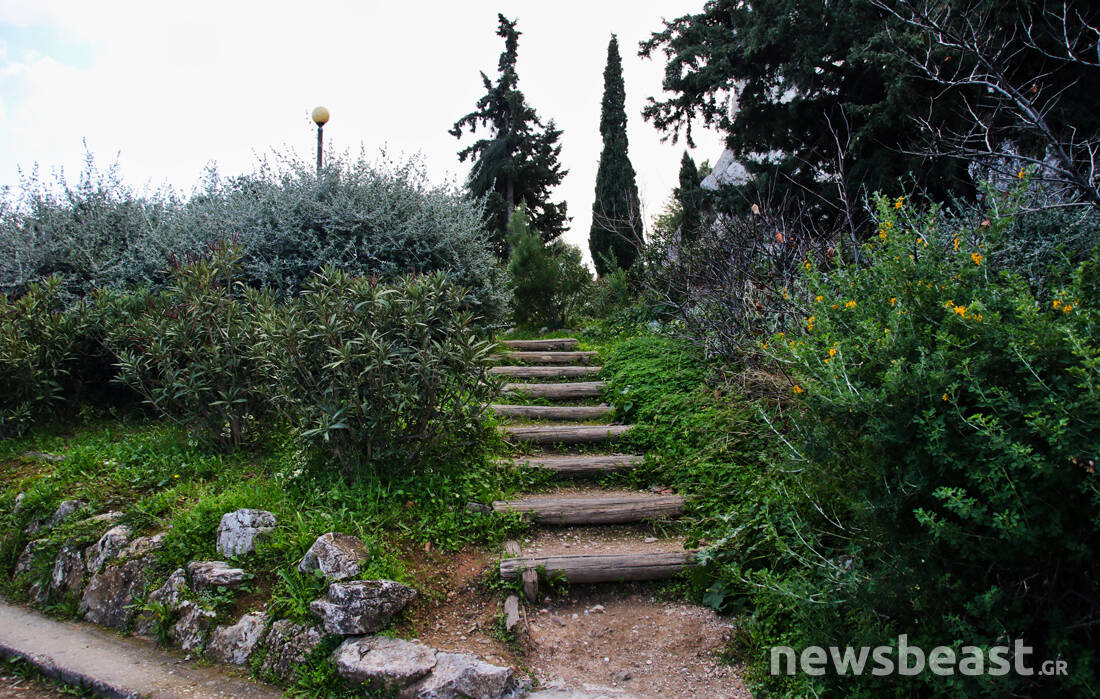
Athena and Poseidon quarreled for the divine primacy in the city and decided to resolve their differences by addressing the inhabitants. So they went up to the Acropolis and it was decided that the protector of the city would be the one who would offer the best gift.
Poseidon hit the hill with his trident and a spring of water was immediately born. But with sea water, which was the kingdom of Poseidon. His achievement is clearly wonderful, but his gift is somewhat useless.
Athena, on the other hand, just gave them one olive. A tree that would give them its fruit, but also oil and wood. It didn't take long for the residents to call her the winner of the duel and the city got its name.

Athena now had a duty to fortify the Acropolis of Athens. In fact, according to the standards of the Cyclopean Walls of Mycenae and the Minoans. So he carried huge stones, like those of the Cyclops, to put them around the sacred rock.
One day, returning from Pallini with a rock in her arms, a crow caught her. And he told her that Erichthonius had been released and that Kekropas' two daughters had fallen from the Acropolis. Athena was so stunned that the rock fell from her hands. This is how Lycabettus was born.
From the black news that the bird conveyed to her, this sad message, all the crows have been black ever since. But why was the news so shocking?
Erichthonius was the mythical king of Athens and according to mythology he was half human and half snake. He was the son of Athena, the eternal virgin Athena, who never had an affair with her.
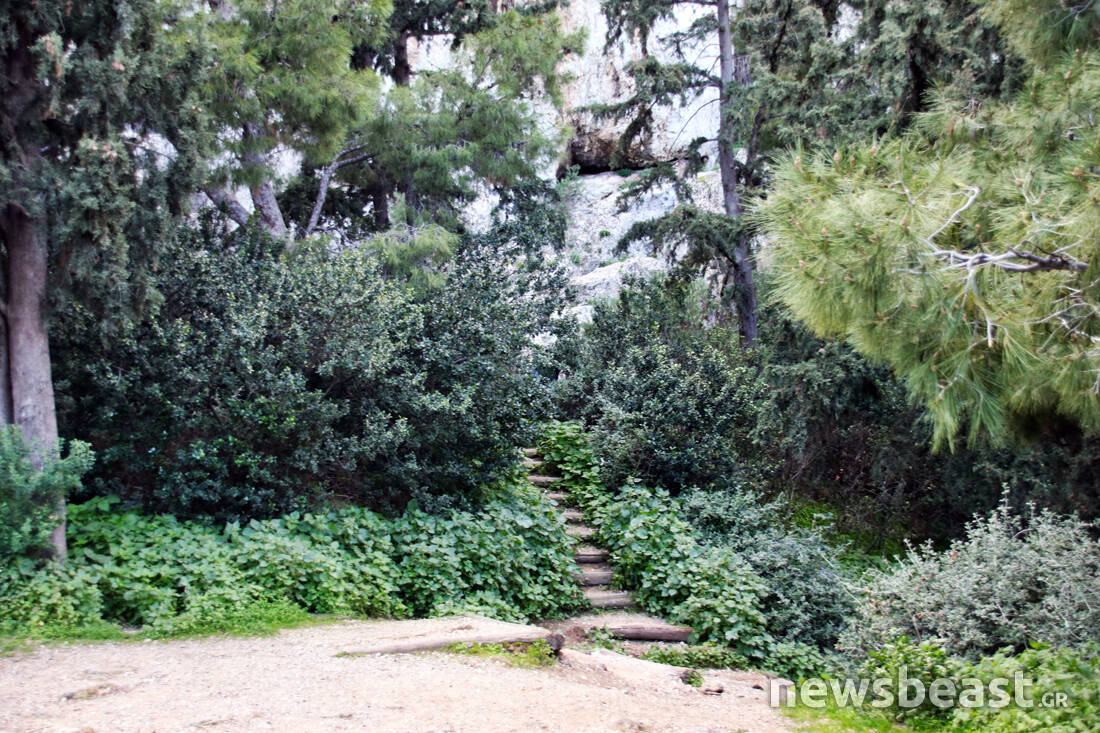
But she had her cargo admirer, Hephaestus, who desperately wanted her. In such a scene of insanity, the god ejaculated on her thigh as Athena repulsed his passion. The goddess was wiped from the sperm with a piece of woolen cloth and threw it on the ground.
Thus Erichthonius was born, from that sail, with the help of Gaia, half man and half snake, and Athena locked him in a jar out of shame. And he made the three daughters of Kekropas, the son of Mother Earth and Uranus and the mythological founder of Athens, keep the jar.
And while Pandrossos obeyed Athena, Ersi and Agralos proved to be strange. They opened the jar and were so frightened by the spectacle that they saw that they fell from the Acropolis.
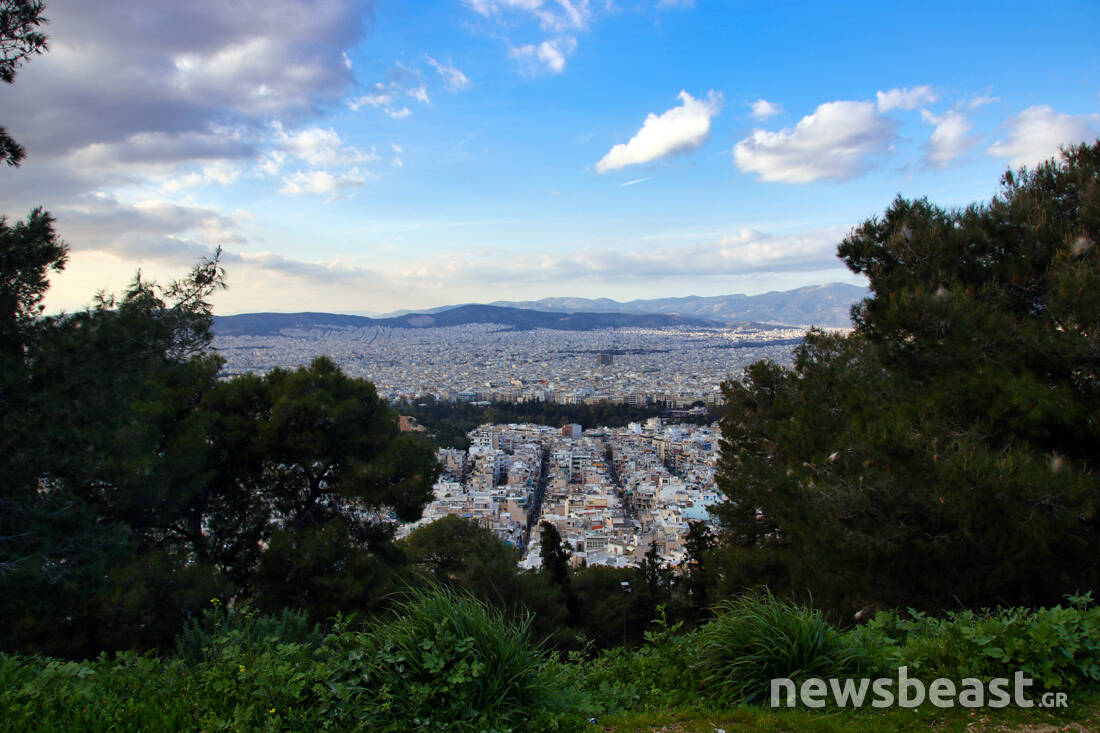
The only signs of human intervention on the legendary hill of Athens are limited to a handful of quarries that operated there at various historical times. The largest of them, also called "Damari tou Mykoniatis", provided the raw materials for a good part of the neoclassical buildings of the city.
A second, at the top of Lycabettus, gave way to the open-air theater. Which was set up in 1964-1965 on the initiative of Anna Synodinou, who leased the quarry for 20 years with the obligation to return to the Greek State. There, the great lady of acting made the theatrical roof for her troupe "Hellenic Stage".
The architect of the theater was the great Takis Zenetos, a leading representative of the post-war architectural generation. He made it with a metal frame on the hollow space left by the quarry work. Flagship and sustainable, you just don't need recommendations.
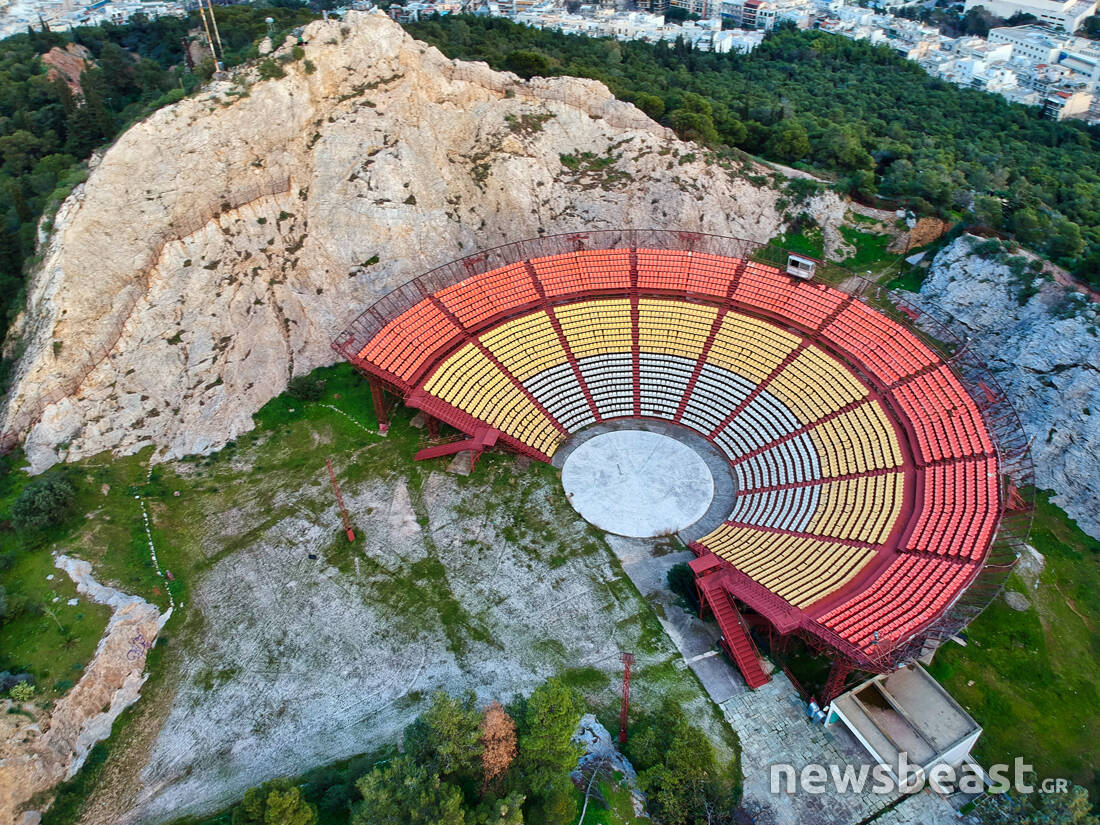
The first temple appeared on the top of Lycabettus according to him Middle Ages. There were also two cemeteries. The chapel of Agios Georgios was built on the ruins of the church at the end of the 18th century, during the years of the Metropolitan of Athens Benedict (1781-1785).
Later, the church was expanded with the addition of two chapels, the Prophet Elias and St. Constantine. The hill was then known as "Agiorgis".
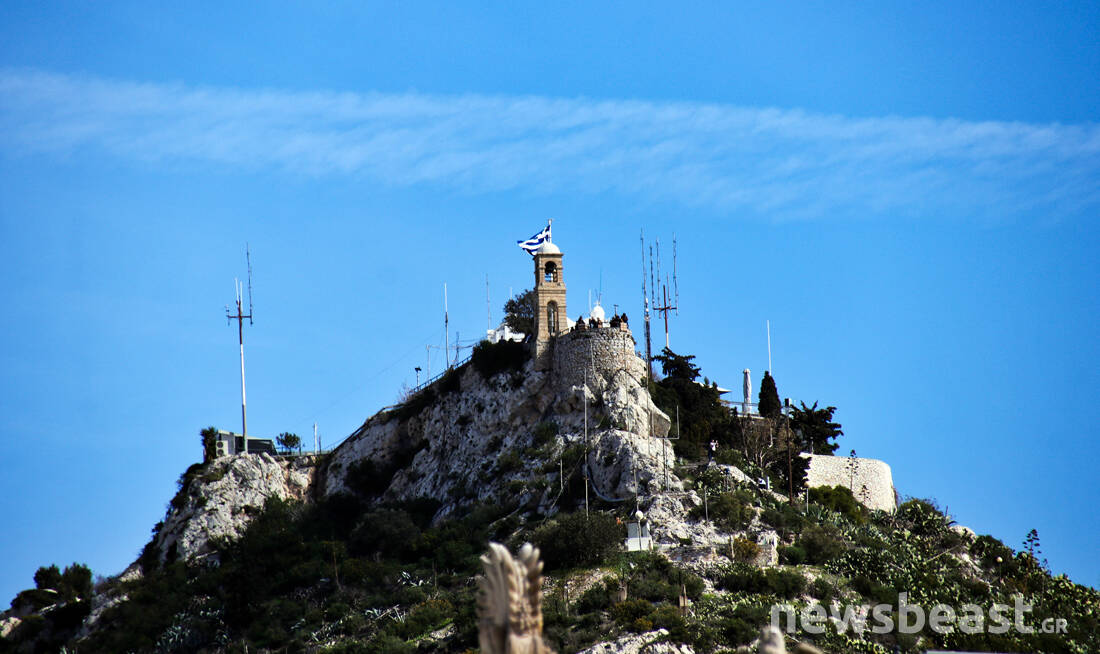
In Lycabettus there is also St. Sidereas, as the locals say the church of Agios Isidoros on the southwestern slope of Lycabettus. Another medieval church on the hill, carved into the rock, in another one of the many unexplored caves of Lycabettus.
In Lycabettus and the famous Reservoir, which has given its name today to the district, the square, the historic cafe, but also the summer cinema. Only the Reservoir used to be called the Adriatic Reservoir and has a long and great history for the city.
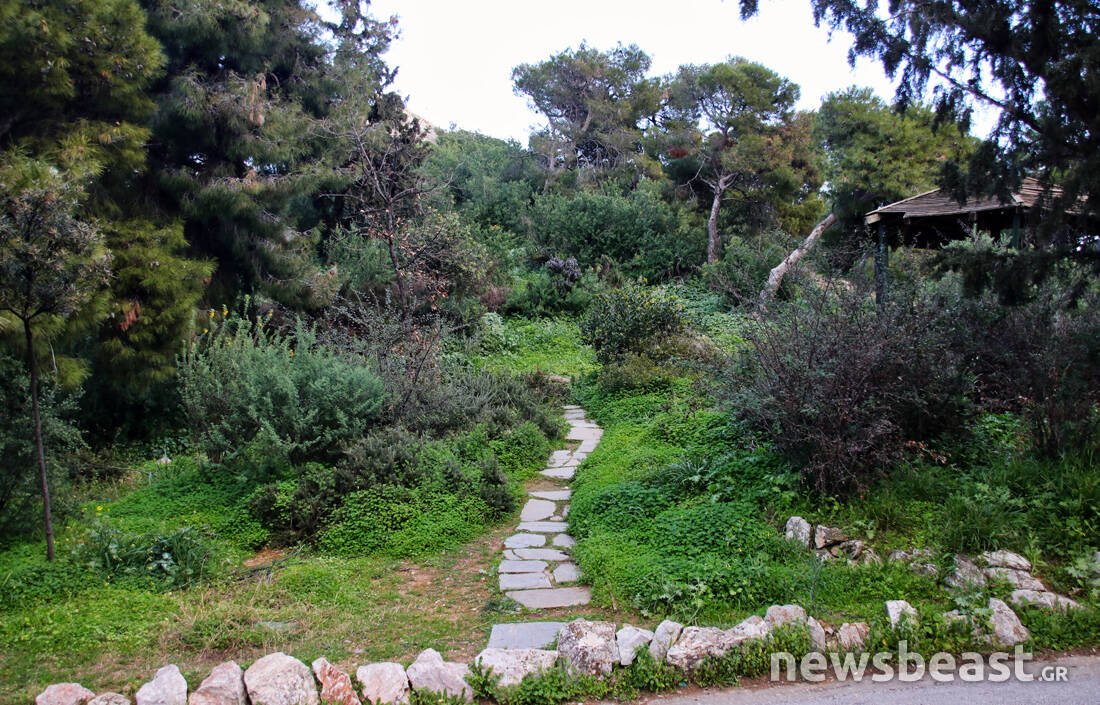
There it was stored, you can see the water from the springs of Acharnes so that the Athenians can have a drink. It was the work of the philhellene emperor Hadrian, which began to be built in 134 AD. tank of the huge 25 km water supply system (Hadrian's Aqueduct).
It was completed in 140 AD. by his successor to the Roman throne, Antoninus Eusebius. From this tank, Athens was thirsty for centuries and centuries, until its years Turkish rule, when it was abandoned. It was rediscovered in 1870 and operated for a few decades, until 1940 for sure.
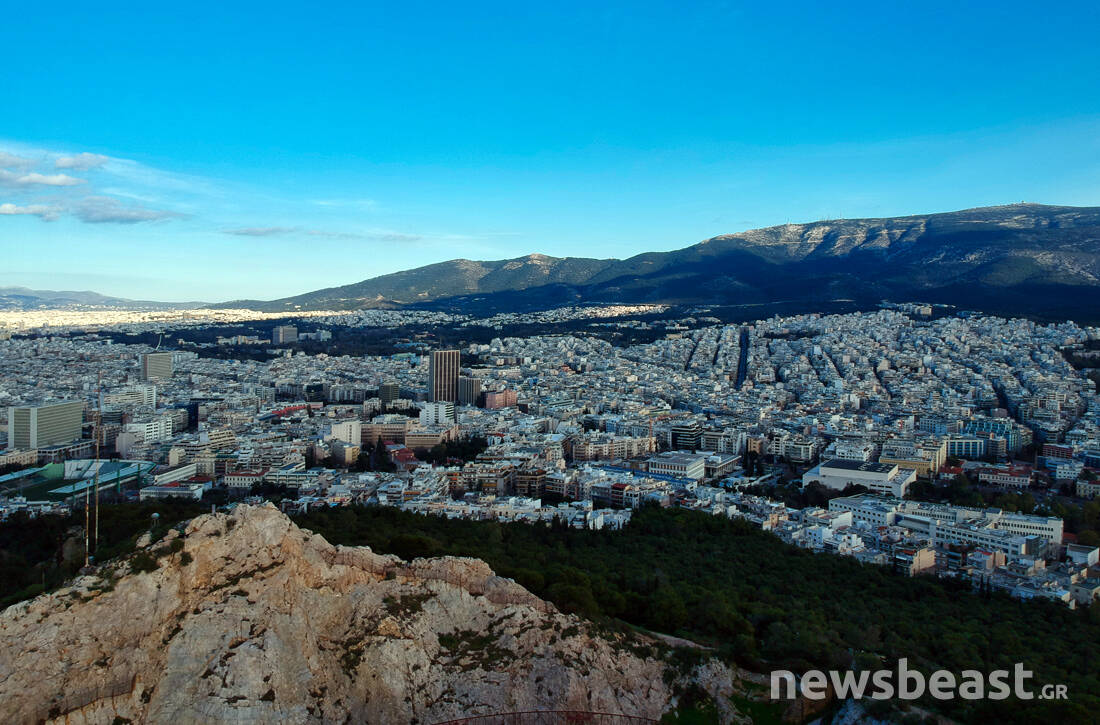
The other Reservoir, the café, once housed the city's entire intelligentsia. Papadiamantis, Varnalis and he met there Kazantzakis and everyone gathered there to get in touch with the arts and letters.
It is a fact that if the Acropolis belongs to the tourists of Athens, Lycabettus remains in the hands of its inhabitants. Time to rediscover him…
